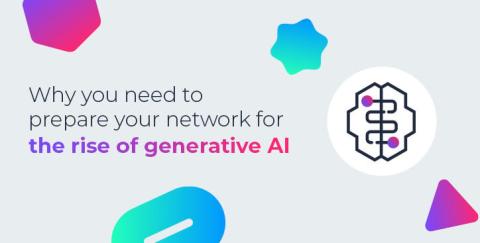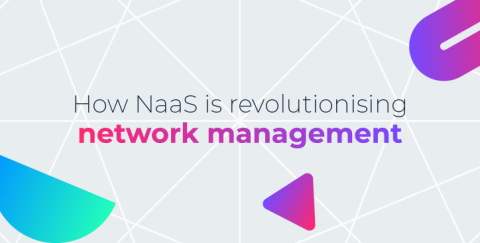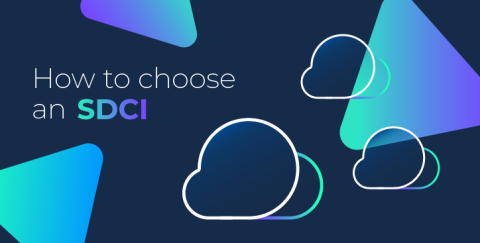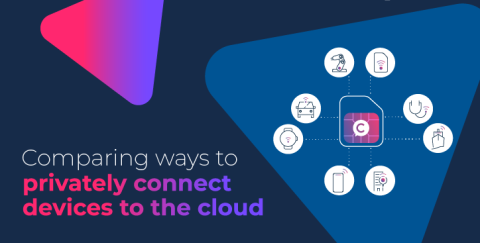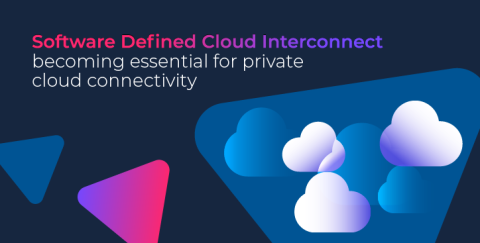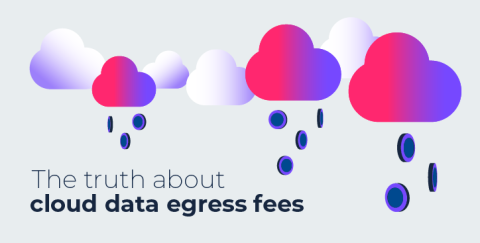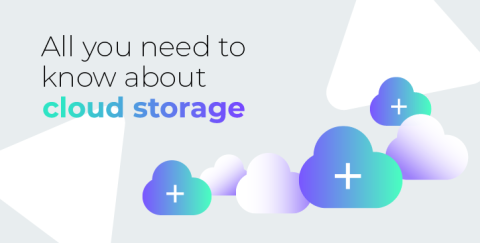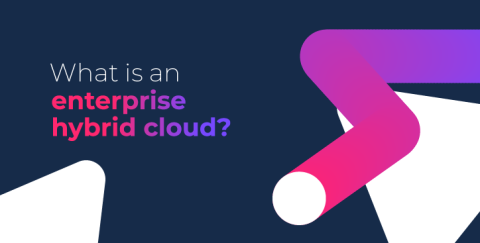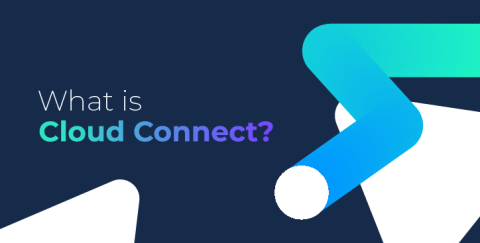Why you need to prepare your network for the rise of generative AI
The evolution of generative AI is beginning to rapidly transform the way that we work and communicate. This is only set to increase as generative AI excels in providing business value by driving innovation and making intelligent decisions at unprecedented speeds. However, to fully harness its potential, organisations must ensure that they deploy this revolutionary technology safely, securely and responsibly with the right network connectivity.


